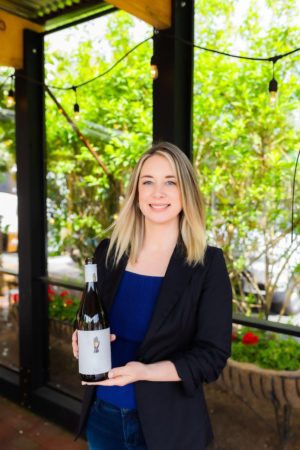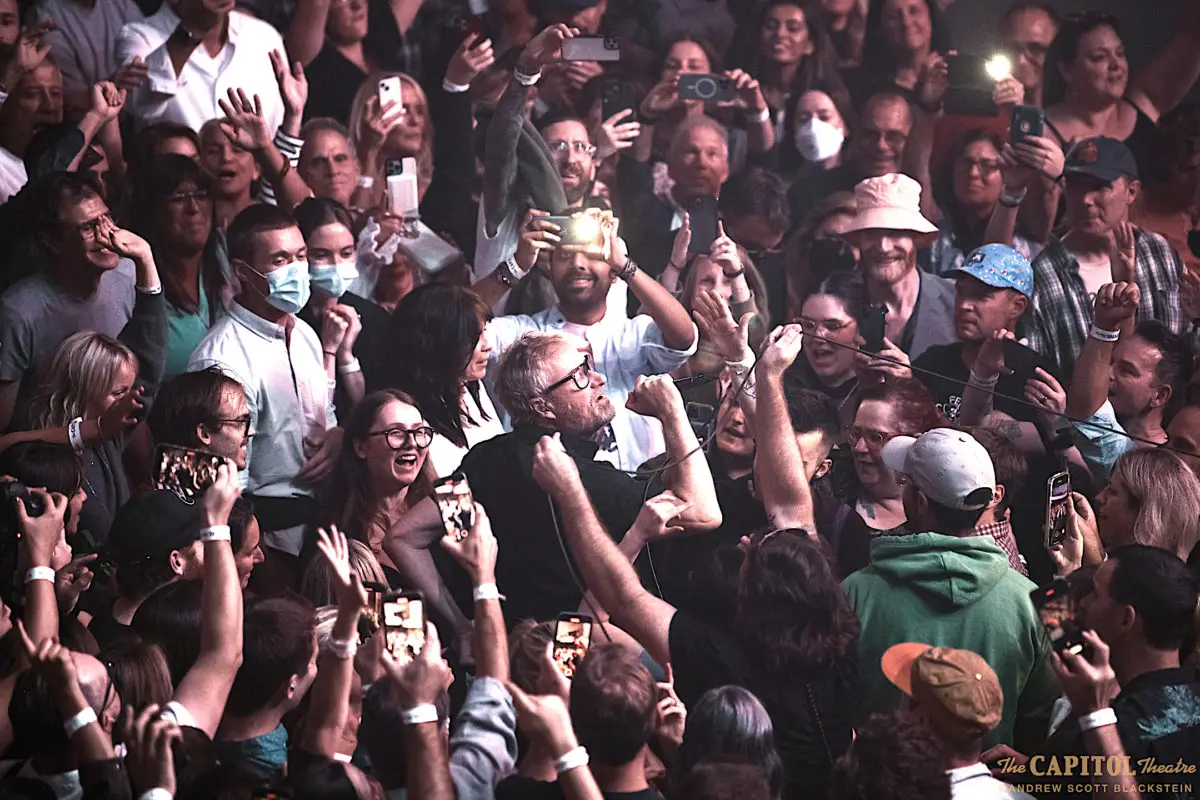
Jillian Fontana first devoted serious attention to wine in her post-college years.
“I got very interested in wine working in various restaurants around Boston and Cambridge, Massachusetts,” she recalled. “I had pursued a degree in speech pathology and, somehow, I ended up working in the restaurant business. And that was because I fell in love with it ”” I loved food and I started to love wine as a result of the proximity to the food.”
A job at a French restaurant in Cambridge enabled her to gain more insight into wines. Fast-forward to today and the Ridgefield-based Fontana an independent sommelier who provides instructors to aspiring oenophiles. Fontana noted that teaching others about wine is an extension of her own education ”” and, at first, Fontana was the one getting the unexpected lesson.
“As my tastes developed and changed, I became probably more sophisticated in my tastes, or at least more experimental in the types of wines that I wanted to try,” she said. “And that often was not consistent with what other people would enjoy drinking. For example, I had one of my friends come into the restaurant and I was so excited to share with her my new favorite wines. She took a sip and I was just waiting eagerly for her reaction ”” I”™m like, ”˜It”™s very floral, right? Doesn”™t it taste like flowers?”™ And she”™s like, ”˜It tastes like a dead bouquet.”™ She was disgusted and I was disappointed. So, very quickly, I learned not everybody”™s going to like what I like.”
In her work as a sommelier, Fontana offers both in-person and virtual wine tasting courses and consulting with restaurants in Westchester and Fairfield County to train staff in wine knowledge. She observed that “helping restaurants, servers, and bartenders get to know the wine list and be able to eloquently talk to their patrons is a great thing for restaurant owners.”
Fontana admitted that learning about wines takes time, especially with affirming the olfactory identifications in the specific fruit scents within the wine.
“When I first started, I couldn”™t pull anything out,” she said. “It was after tasting a lot and smelling a lot that things started to jump out.”
Fontana addresses many of the stereotypes surrounding wine appreciation, most notably the mistaken belief that higher prices for wine are synonymous with higher quality.
“It”™s not necessarily accurate to attribute a quality of a wine with the price tag, because a lot of the pricing of wine has to do with the market and the scarcity of that wine,” she explained. “That being said, a lot of the wines that are more expensive aren”™t as enjoyable when they”™re young. So, it might just be more enjoyable to have a younger wine that”™s drinking at its peak in that moment, rather than a wine that might be more expensive but won”™t really fully reach maturity for 10 or 20 years or more. You can”™t just look at the price when you”™re talking about the wine in the glass.”
She added that one of the favorite aspects of this work is to share under-the-radar “value-driven” wines, noting “that”™s why they”™re priced the way they are, because nobody knows about them yet. Those are the wines that I love to share with people because you can get a great bottle for $10.”
Fontana also advised wine lovers not to be snobbish when it comes to wine sold in boxes rather than bottles.
“I”™ve recently tried a box wine that caught my eye in the store,” she said. “I was blown away ”” I had the one box and then I eventually went back and I got another box. The first time we bought it was for fun and the second time I was like, ”˜This is going to be my house red wine.”™ I also use it for cooking as well. But don”™t be deterred by the box.”
Fontana”™s work also involves recommending which wines to pair with certain meals ”” and she casually breaks the taboo of having white wine with a beef meal.
“One of the best pairings with beef is actually champagne,” she stated. “So, let”™s just break that down right now ”” it”™s definitely not true that you can”™t break any rules when it comes to wine. If you have a pairing, rather than just thinking about what the expected wine and food pairing would be, think about as matching body and flavor. If you have a very full body dish, or a full flavor dish, you want to at least match the wine in terms of the body and the flavor because otherwise the wine will taste either like water if the wine is too light, or the wine will overpower the food if it happens to be a delicate dish.”
Fontana offered praise for Connecticut”™s wine industry, which she praised as “up and coming” but something of a secret to many serious wine lovers.
“We have to get the word out to more people,” she said. “There are some great wines ”” they”™re using different different varietals. The dessert wines I love are really good ”” I remember I”™ve tasted the Sharp Hill dessert wine, those are fabulous. It”™s exciting and we need to get more people out and about trying Connecticut wines.”





















